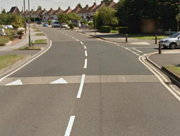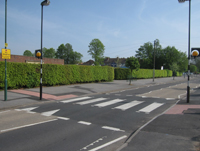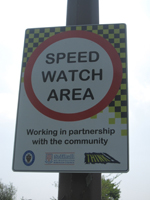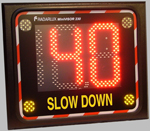We provide School Crossing Patrols, or lollipop men and women, to help children and other pedestrians to cross the road safely whilst they are walking to and from school.
How do we decide where to place a School Crossing Patrol?
We follow guidelines produced by Road Safety GB as the criteria for providing School Crossing Patrols. The guidelines focus on the busiest 30 minute period of the day and are broadly based on the number of child pedestrians and the number of vehicles.
Services are provided based on the availability of funding and the relative priority of one site over another.
Are all drivers legally required to stop for a School Crossing Patrol?
It is an offence for a driver to fail to stop for a School Crossing Patrol wearing the official uniform and displaying the STOP sign. It is also an offence for a driver to move off whilst the patrol is still in the road.
Failure to comply could result in a fine up to £1,000 and 3 points on your licence.
How to become a School Crossing Patrol officer
Working as a School Crossing Patrol officer is an opportunity to serve your local community and it can be very rewarding. Post holders receive full training, a salary and ongoing support.
If you are interested please have a look at the vacancies page for more information or contact us.




